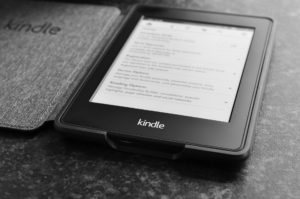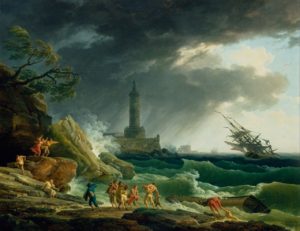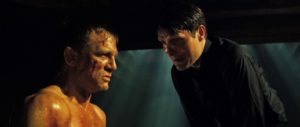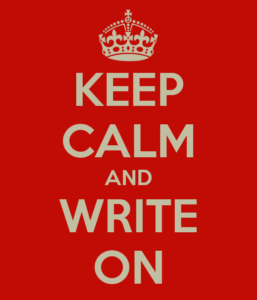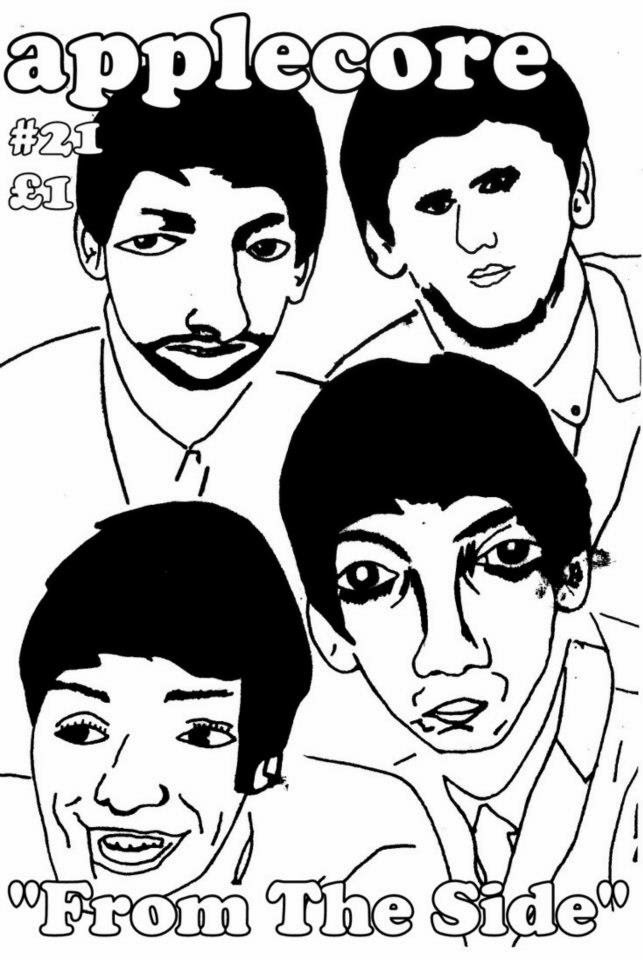by Debbie Burke
In 1988, when we moved to Flathead County, Montana, the population was 57K. There were more than 10 bookstores within a 25-mile radius of Kalispell. Except for Waldenbooks in the mall, all were independently owned. They happily coexisted, each with its own quirky personality, specialties, and customer base.
Fast forward a few years when a behemoth named Borders came to Kalispell. Readers loved the huge selection, the cafe, and ample parking lot, unlike downtown where parking has been a problem since horse and buggy days. My critique group met at Borders in cozy nooks with comfy chairs.
But, there was a downside: one by one, the neat, quirky, little indie bookstores went out of business.
Fast forward a few more years and an even bigger behemoth named Amazon took over domination of the book market.
What goes around, comes around.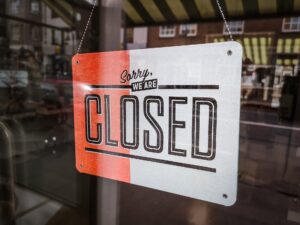
Where Borders had once put mom-and-pop bookstores out of business, now Amazon gobbled up Borders. In 2011, 400 Borders stores closed, including the one in Kalispell.
Meanwhile the county’s population swelled. As of 2023, it’s 114K folks. For years, a handful of used bookstores and one small indie that had survived were the only brick-and-mortar options. Browsing thumbnails onscreen just isn’t the same as wandering the aisles and spotting something that strikes your fancy. Readers were living in a literary desert.
Then, on January 31, 2024, a new Barnes & Noble opened in Kalispell.
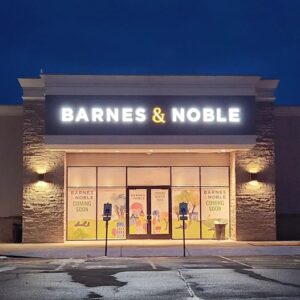
A week before opening, B&N CEO James Daunt said in a press release:
“The positive feedback we have received since announcing this new Barnes & Noble has been astounding. It has been a long time since Borders had their bookstore just across the parking lot and it is a particular pleasure to bring a major new bookstore back to U.S. 93.”
If Mr. Daunt had any doubts about this new location, opening day quickly erased them.
It was a mob scene. Vehicles circled the jammed parking lot like vultures waiting for someone to pull out. Hundreds of long-famished book lovers roamed through the store. I don’t remember this much excitement about a retail store opening since 1993 when Costco arrived.
One of the most frequent comments as customers walked through B&N’s doors: “It’s wonderful to smell new books.”
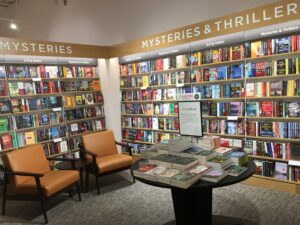 The arrangement is an attractive, intriguing labyrinth. Walls of books divide the space into discrete sections: fiction, new releases, mystery-thriller, sweet or spicy romance, westerns, nonfiction, history, religion, self-help, children’s and YA, Manga, graphic novels, and more.
The arrangement is an attractive, intriguing labyrinth. Walls of books divide the space into discrete sections: fiction, new releases, mystery-thriller, sweet or spicy romance, westerns, nonfiction, history, religion, self-help, children’s and YA, Manga, graphic novels, and more.
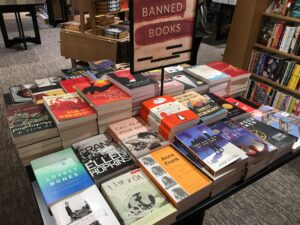
On one table, a sign announces “Banned Books.” Many titles had been required reading when I was in school.
Anne Frank: The Diary of a Young Girl;
Of Mice and Men;
The Great Gatsby;
For Whom the Bell Tolls;
To Kill a Mockingbird;
Catcher in the Rye;
Fahrenheit 451;
- 1984.
Also there are more recent titles like:
I Know Why the Caged Bird Sings;
The Hunger Games;
The Handmaid’s Tale;
One Flew Over the Cuckoo’s Nest;
The Color Purple.
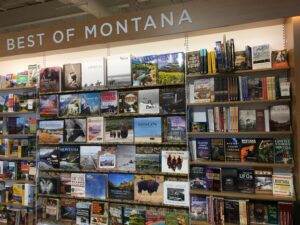 One large wall displays books about Montana, from hiking guides to history to Glacier National Park to bison, wolves, and grizzlies to mining and logging to pioneer memoirs.
One large wall displays books about Montana, from hiking guides to history to Glacier National Park to bison, wolves, and grizzlies to mining and logging to pioneer memoirs.
Each new cubby in the maze features more products: games, gifts, cards, beautiful bound journals, vinyl records, turntables, magazines.
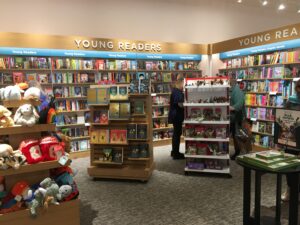 Especially encouraging are expansive sections devoted to young readers, covering the range from picture books to YA novels.
Especially encouraging are expansive sections devoted to young readers, covering the range from picture books to YA novels.
A reader’s oasis appeared in what was once a literary wasteland. On opening day, people waited in line for up to 45 minutes to pay for their armloads of purchases.
There’s an old saying that you can’t throw a typewriter in Montana without hitting a writer. Dozens live in my immediate area, hundreds within a tankful of gas. And no one is more excited about the new B&N than we authors are.
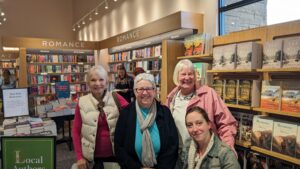
Local authors Dr. Betty Kuffel, Barbara Schiffman, Debbie Burke, Jess Owen Kara
The manager, Daniel, put out the welcome mat for us, hosting book signings not only for traditionally published authors but also indie-pubbed authors on consignment.
My slot was at noon on the Sunday after opening day. A few days before, I brought in two boxes of books. By that weekend, crowds were still large, but not quite as overwhelming.
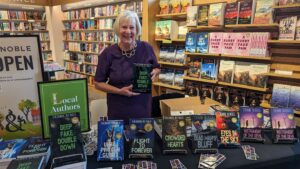 The signing table was set up just inside the front entrance. Daniel had stacks of my books ready, along with stickers that read “Signed Edition.” I waved at him across the store, but he barely had time to nod because he was so busy ringing up sales with two other cashiers.
The signing table was set up just inside the front entrance. Daniel had stacks of my books ready, along with stickers that read “Signed Edition.” I waved at him across the store, but he barely had time to nod because he was so busy ringing up sales with two other cashiers.
Families streamed through the door with toddlers to college-age kids, adult mothers and daughters, fathers and sons, grandparents and grandchildren. The interest among young readers was heartening.
I must have talked with more than 100 people. All were excited about books and reading.
Some chats were brief: “I’ve missed Borders. Glad this new store is here.”
Others lasted much longer: “You wrote all these books? Wow. What are they about?”
“Which book should I start with in your series?”
“My fifth-grade students are learning to write stories. Would you come and talk to them?”
“I want to be a writer. Can you give me advice?”
“I like to support local authors.”
And they did support this local author. I sold 17 books on consignment.
I also learned insights into B&N’s book ordering process. They can’t order or stock books that don’t show up in their computer system. As mentioned in this post, they don’t order from Amazon KDP Print-on-Demand (POD).
However, there’s a workaround for Create Space POD books:
Amazon/CreateSpace authors have the ability to choose the extended distribution option for their titles. By choosing this option, their books automatically become available through Lightning Source.
Lightning Source is Ingram Book Company’s print-on-demand division, and they make CreateSpace titles (as well as other POD titles) available to Barnes & Noble and other retailers.
Barnes & Noble will only sell CreateSpace titles through BN.com and customer orders, not through in-store stocking and replenishment.
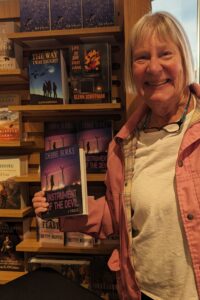 That’s how Daniel was able to order and stock Instrument of the Devil and Crowded Hearts – A Novella, but not the rest of my titles. Those sales he handled through consignment.
That’s how Daniel was able to order and stock Instrument of the Devil and Crowded Hearts – A Novella, but not the rest of my titles. Those sales he handled through consignment.
Another alternative is to upload directly to BN.com. However, there’s a catch: for a store to order them, books need to be returnable. But, according to a knowledgeable author with many self-pubbed books, BN.com POD books are not returnable. Huh?
Confused? Me, too.
My conclusion is that the best option for me as a self-pubbed author is to upload to Draft2Digital and Ingram Spark (I’m in that process now). That makes ordering clear and direct.
Because CEO Daunt gives individual local managers autonomy and latitude for ordering, I’m hopeful Daniel will keep my books in stock once they’re available on D2D and Ingram Spark.
What happens to our little locally-owned shops now?
I’m not about to turn my back on the Book Shelf and Bad Rock Books (with three friendly resident cats!). They’ve supported me for years. When I spoke with Stephanie, the Book Shelf owner, she was excited about B&N’s opening: “There are never enough bookstores!”
Existing stores cater to different niches than B&N. At this point, the area’s population is large enough to sustain all of them.
When many retailers are closing stores because of the shift to online, readers prove they still love to sniff the aroma of new books and wander aisles in search of serendipitous finds. How’s this for an intriguing title? It begged me to pick it up. 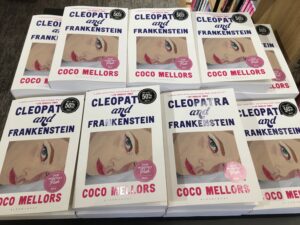
Barnes & Noble, welcome to the neighborhood!
~~~
TKZers: Which physical bookstores do you visit? What’s your favorite way to buy books–online, in a bricks-and-mortar store, or both?

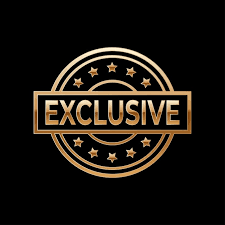
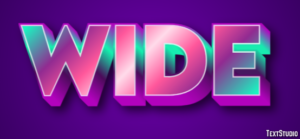
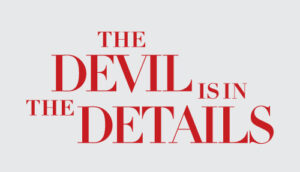 Because Amazon is the major marketplace, I recommend starting with them for your first self-publication. But be careful you don’t inadvertently make choices that might cause problems if you later decide to go wide. The devil is in the details which I’ll expand on in a minute.
Because Amazon is the major marketplace, I recommend starting with them for your first self-publication. But be careful you don’t inadvertently make choices that might cause problems if you later decide to go wide. The devil is in the details which I’ll expand on in a minute.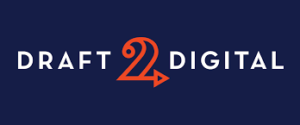
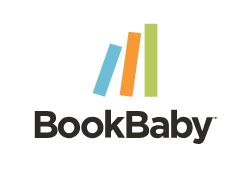


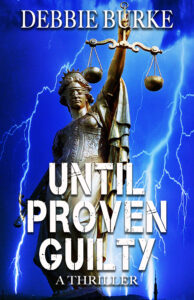


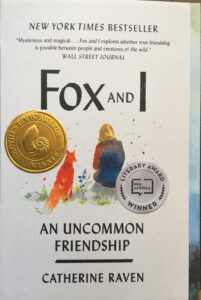 Despite many awards, stellar reviews, and glowing mentions in Time and People magazines, she’s suffering first-book jitters.
Despite many awards, stellar reviews, and glowing mentions in Time and People magazines, she’s suffering first-book jitters.
